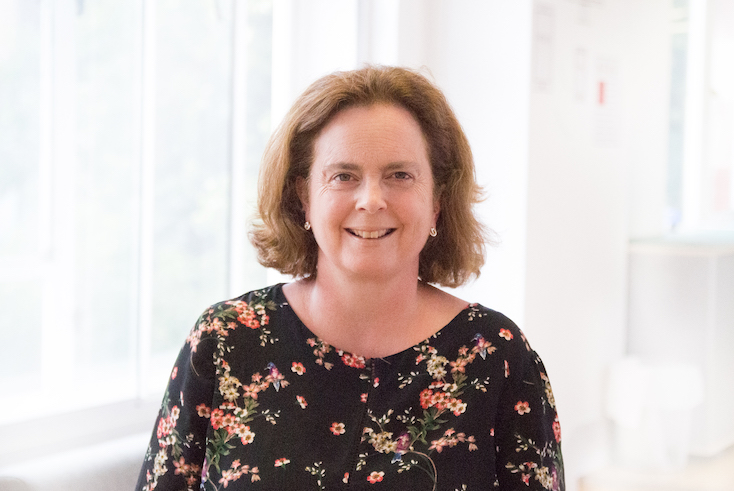Newsworks’ insight director, Denise Turner marks three decades of working in media with a reflection on the power of listening to people
On Monday 15 July 1991, I walked into the offices of advertising agency Bartle Bogle Hegarty on Great Pulteney Street in Soho to start my first job as a media research assistant in the media department, led at the time by Richard Eyre.
I was immediately captivated by the world of advertising and inspired by the possibilities it opened up for brands and people. Those were the days when the unveiling of a new Levi’s TV ad was a big occasion, and the whole agency would stop for that.
There is however, one event that is imprinted on my memory that made me realise the power of advertising and media as a force for good.
Less than a month into my career, John McCarthy, who had been held captive in Lebanon for over five years, was freed. BBH had worked tirelessly on the campaign for his release, using a yellow ribbon as the symbol.
On Thursday 8 August 1991, yellow ribbons flew from every window in Great Pulteney Street. It brings shivers to my spine even now.
I learned really quickly that I had found my dream job – being paid to ask why. I still feel the same now.
Often research is perceived as churning out numbers and data but I knew there was much more to it than that. It’s not enough to know what people do, if you are to persuade them to change behaviour, buy a different brand, you need to know why.
And I’ve done a lot of asking why in the last 30 years!
We did a project into people’s TV viewing when I was at BBH, putting cameras in to record people’s responses, long before Gogglebox!
I was thrown in at the deep end in focus group training, chatting to rowdy young blokes about cider – while not being able to drink any myself.
When I moved to Leo Burnett a few years later, we carried out one of the earliest internet research projects with a panel of schools up and down the country, a happy memory winning a Media Week Award, accepting my prize from Paul O’Grady’s alter ego Lily Savage.
I’ve talked to people about a whole range of categories and topics, from shoes, to vitamins, to dog food, to piles – I’ve dragged my family round different shops while on holiday in the name of research.
Plus, I’ve also worked on and with many industry currencies, one that stands out is the development and launch of IPA TouchPoints, several years in the making and still going strong 15 years later.
In some ways I was probably destined to work in research, as my family were on the BARB panel in Ulster in the early 1980s.
After almost 25 years in agencies, I moved to Newsworks six years ago, still using that guiding principle of why.
[advert position=”left”]
I continue to be inspired – especially by some of the brilliant campaigning work done by our newspaper brands, from the more recent war on plastic work from the Daily Mail, to the organ donation campaign from The Mirror, to the Jabs army recruitment drive from The Sun.
One that stands out for me is Andrew Norfolk talking at one of our events a few years ago, on his work, investigating the Rotherham abuse scandal. A common refrain was the sense that if news brands didn’t tell the story, then who would? Another spine-tingling moment.
So, what would I say today to people starting out in the media industry?
Keep an open mind – don’t assume you know the answer before you’ve asked the question. Be prepared to be surprised.
Avoid a sample of one – whilst instinct and gut feeling are good, remember that not everyone is like you. There is that saying that you need to walk a mile in someone’s shoes to understand them – it’s exactly the same for research.
Apply principles from other fields of study – in geography there is a well-known technique of triangulation – working out where you are by looking at different points on a map. In research that’s about looking at different sources, and if they’re all telling a similar story, then you are most likely on to something.
Mix and match techniques – in the last few years at Newsworks, we’ve used a range of different techniques to understand people’s behaviour, from neuroscience to meta-analysis of econometric models, to behavioural experiments, to good old-fashioned talking to people. The marriage of data and chats is to my mind the perfect combination.
And finally never lose the passion – I know that I am incredibly lucky to be in this industry. Love what you do, and the rest will follow.





